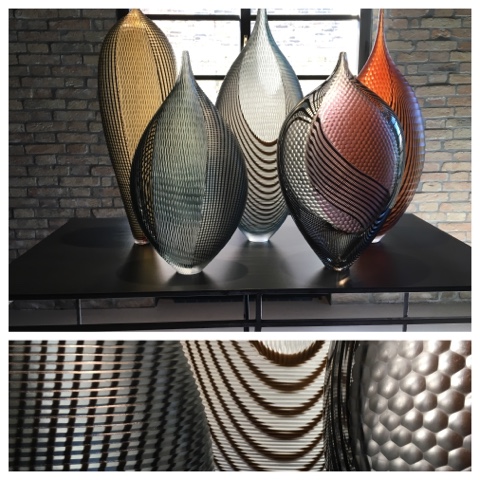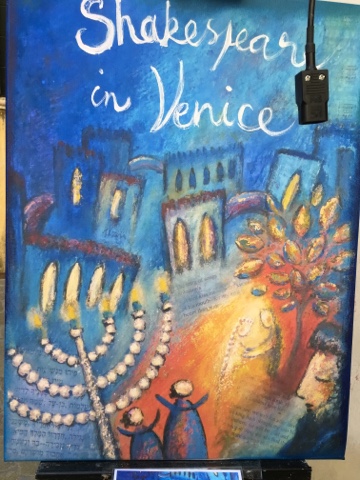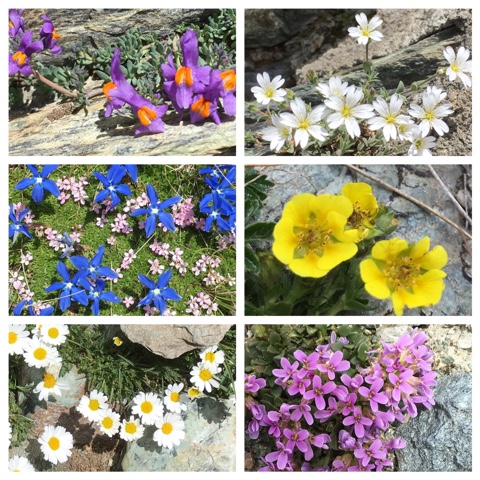We love to bike when on vacation and our friends Jim and Debbie, who were with us in Venice, are serious bikers - so what's more natural than to put together a 4-day biking trip of the nearby mainland? It's an opportunity to see the countryside and work off some of those calories we've been accumulating.
The countryside in this area is relatively flat. The River Po, its tributaries and canals mean that it is ideal for agriculture. Many would say this area is Italy's breadbasket. We certainly saw acres of corn, grain, pear and other fruit trees ....and of course sunflowers.
Stopping each evening in various small historical towns along the way gave a different dimension to our trip to date. The classic architecture of Mantova's town square was elegantly statuesque.
Of course there are lunch stops along the way. Although often an Osteria in a small village, the owners of this riverside gathering spot went to their home to make us local specialties - pumpkin filled ravioli like pasta, fresh ricotta and greens tortellini, two kinds of sweet orange melon and prosciutto crudo that will spoil you forever.
Ferrara is one of the few castles in Europe surrounded by water, the moat filled by a series of underground pipes from the nearby Vilano River Po. It's amazingly well preserved, regularly hosting art and music events. The entrance to Ferrera's charming town square entices with playful umbrellas. Note, August is Italy's holiday month, so these tables will begin filling up around 10 with children and adults of all ages and stay full until the wee hours, well past our "early" American bedtime.
Chioggia and the charming 100 year old Hotel Grand Italia has brought us full circle. The vaporetto stop next to the water will bring you to the beaches of Lido or the northern shores of Venice, with its unmistakable cluster of terra cotta roofs, readily visible as they curve toward the horizon. Just beyond are the outline of the alps.
It's been four interesting, but quite warm and tiring days of bike riding. We're questioning how many calories we actually worked off. Ciclismo Classico was as good at finding eateries as they were planning our itinerary! We thank Debby & Jim for letting us tag along. This time tomorrow we'll be back in Boston on our way to a James Taylor concert at Fenway, wondering where the time went!
























































